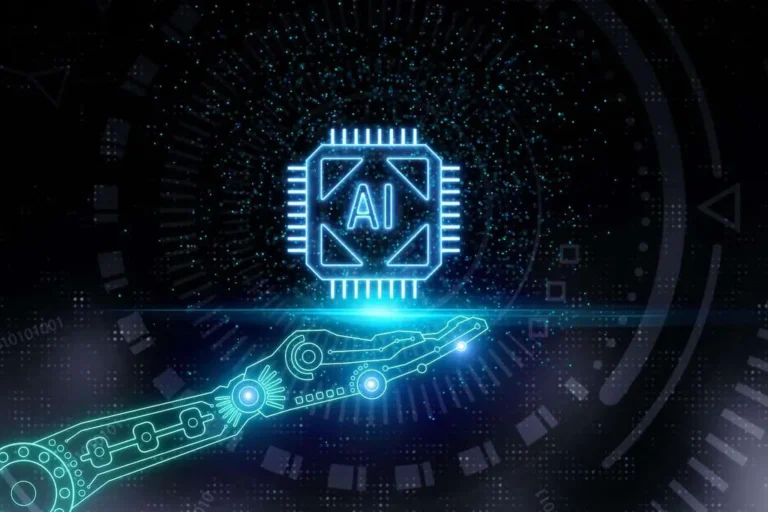Good agile estimation lets product homeowners optimize for efficiency and impact. As Soon As a story has been written, it’s time to integrate it into your workflow. Typically a story is written by the product proprietor, product supervisor, or program supervisor and submitted for evaluation https://itdesignindia.com/business-vidya/index.php/2025/07/31/what-is-cloud-sourcing-and-why-is-it-important/. This structure is not required, however it is useful for defining accomplished. When that persona can seize their desired value, then the story is complete. We encourage teams to define their own structure, after which to stick to it.

Prospects

Discover how groups can use points to trace particular person pieces of work that must be accomplished. User stories are a few sentences in easy language that define the desired consequence.
- When that persona can seize their desired worth, then the story is complete.
- Once a story has been written, it’s time to combine it into your workflow.
- Groups now discuss the requirements and performance that every user story requires.
- These stories use non-technical language to provide context for the development team and their efforts.
- A key part of agile software development is placing individuals first, and a consumer story places end users on the middle of the dialog.
Buyer Help
Groups use t-shirt sizes, the Fibonacci sequence, or planning poker to make proper estimations. A story should be sized to finish in one sprint, in order the staff specs each story, they ensure to break up stories that can go over that completion horizon. The objective of a user story is to articulate how a chunk of work will deliver a specific value again to the shopper. They assist present a user-focused framework for daily work — which drives collaboration, creativity, and a greater product total. An inside look into secrets and techniques of agile estimation and story factors.

Jira Product Discovery New
User stories describe the why and the what behind the day-to-day work of improvement team members, usually expressed as persona + want + function. Understanding their function as the supply of fact for what your group is delivering, but in addition why, is vital to a smooth process. Throughout a sprint or iteration planning meeting, the group decides what tales they’ll sort out that dash. Teams now focus on the requirements and performance that each user story requires. This is an opportunity to get technical and inventive within the team’s implementation of the story. Consumer game developers for hire stories are also the constructing blocks of bigger agile frameworks like epics and initiatives.
A key element of agile software growth is putting folks first, and a consumer story puts finish users at the heart of the conversation. These tales use non-technical language to offer context for the event team and their efforts. After studying a consumer story, the team knows why they are constructing, what they’re building, and what worth it creates.
Break it down into smaller user stories, and work with the development group for refinement. Once your stories are out within the Mobile app development wild the place the entire team can see them, you’re able to get to work. Another common step in this meeting is to attain the tales based on their complexity or time to completion.
In scrum, user tales are added to sprints and “burned down” over the duration of the sprint. Kanban groups pull consumer tales https://www.globalcloudteam.com/ into their backlog and run them through their workflow. It’s this work on consumer tales that help scrum groups get higher at estimation and dash planning, leading to more accurate forecasting and higher agility. Thanks to tales, kanban groups discover methods to handle work-in-progress (WIP) and can further refine their workflows. A user story is an informal, general clarification of a software program characteristic written from the angle of the top user or buyer.
Epics are giant work gadgets damaged down right into a set of stories, and a quantity of epics comprise an initiative. It’s an finish objective, not a feature, expressed from the software user’s perspective. Start by evaluating the subsequent, or most pressing, large project (e.g. an epic).
